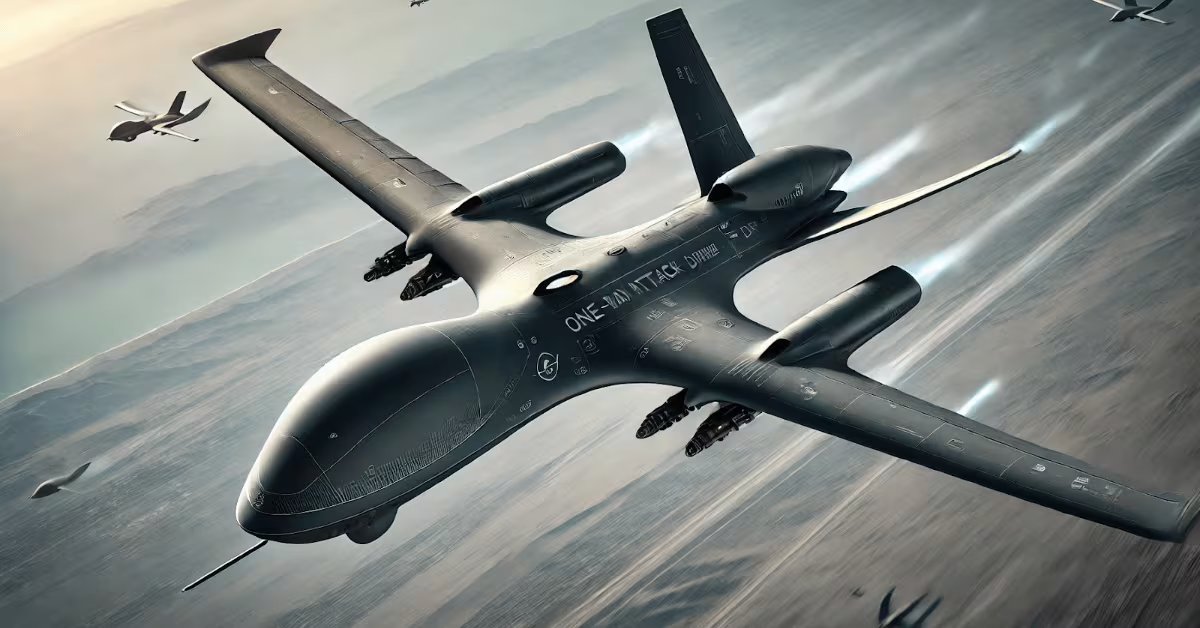VICTORIA, Australia — The 2015 Australian International Airshow at the Avalon Airport closed without an announcement of major defense contracts, but the four-day airshow saw plenty of other action.
There was no word on the much-anticipated announcement of the new pilot training system for the Australian Defence Force (ADF), to be acquired under Project Air 5428. But Australia's acting Prime Minister Warren Truss and Defence Minister Kevin Andrews jointly announced on Feb.ruary 27 that Thales had been chosen to commence work with Airservices Australia and the Australian Department of Defence to develop the OneSKY program, which will integrate civil and military air traffic control into a single and harmonized air traffic management (ATM) system.
The OneSky ATM system will be introduced in a phases between 2018 and 2021 and is designed to streamline the processes between military and civilian air traffic controllers.
"This program will make Australia the first country in the world to commission an integrated joint civil military air traffic management system," Andrews said. "This will deliver safety and efficiency benefits, through shared access to common flight data. Controllers will also be able to better manage the various mix of air traffic and create a seamless flow of national and international air traffic."
On the eve of the show, at the Chief of Air Force Symposium, saw Air Marshall Geoff Brown launched Plan Jericho, a strategy to transform the Royal Australian Air Force for the future
"In the next 10 years, the Royal Australian Air Force will have one of the most advanced aircraft fleets in the world," Brown said. "This will make our Air Force operations fundamentally different and we cannot be complacent, by thinking that simply having the next generation of aircraft technology, will create an advanced Air Force."
He noted that within a few years, the F-35A Lightning II, P-8A Poseidon and EA-18G Growler would join the E-7A Wedgetail already in service.
"These aircraft will bring more data and situation awareness than ever before," Brown said. "We need to be able to share this information across aircraft platforms through networking, and enable good decisions without being overwhelmed by the high volumes of data.
He stressed the need to integrate the aircraft with the rest of the defense establishment.
"We need to transform ourselves into a truly integrated, networked force that can realize the potential of this technology, and maintain our position as masters of the air domain," he said.
Other bits of news released at Avalon 2015 included:
- As the RAAF begins its transition under Plan Jericho, the Airbus KC-30A multi-role tanker transport (MRTT) will undergo certification of its fly-by-wire aerial refueling boom system (ARBS) during 2015.
- A decision is expected on the purchase of the Northrop Grumman MQ-4C Triton during 2016.
- Long lead items for the first Boeing P-8A Poseidon are under production and the first aircraft will be delivered in 2017.
- The first Lockheed Martin F-35A joint strike fighter will arrive at the end of 2018.
The show also marked the public debut of the Royal Australian Navy's Lockheed Martin/Sikorsky MH-60R Seahawk, now being delivered to replace aging S-70B-2 helicopters. It also featured a Northrop Grumman RQ-4B Global Hawk, which flew directly into Avalon from Guam. This marked the first time that a Global Hawk had landed at an Australian civil airport and the first time the UAV had visited an international air show.
Email: npittaway@defensenews.com
Nigel Pittaway is the Australia correspondent for Defense News.








